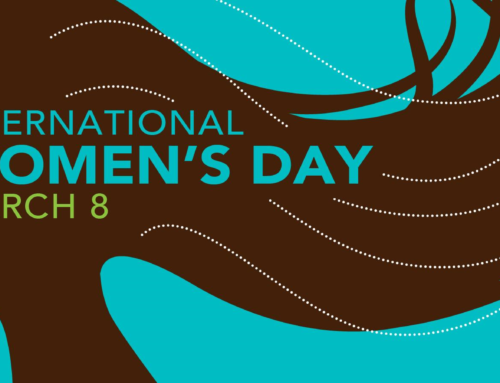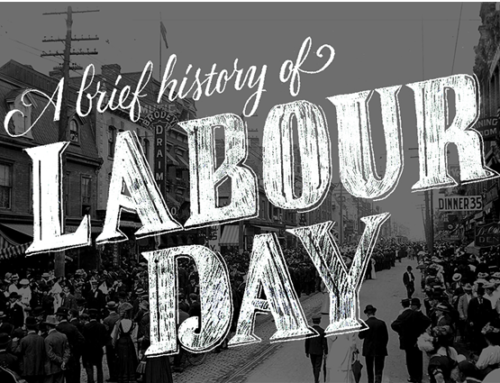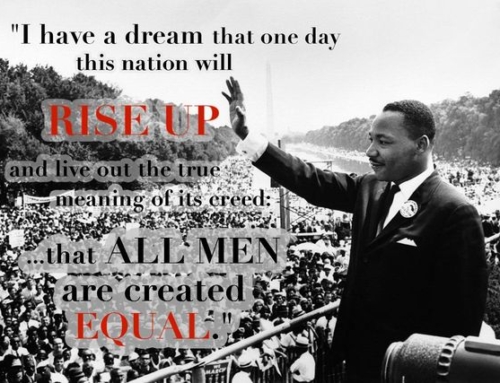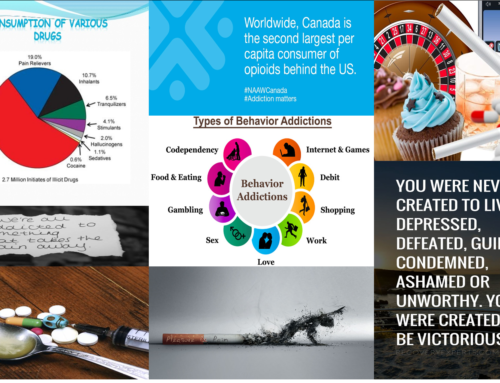Disability Employment Month – September Blog
This is Disability month and we pause to reflect on the many achievements, successes and challenges faced by our disabled brethren. The Merriam Webster Dictionary defines this as “a condition (such as an illness or an injury) that damages or limits a person’s physical or mental abilities and the condition of being unable to do things in the normal way.”
Definition of Disability:
Disability is a broad term that describes a physical, mental, sensory or cognitive condition that may limit full participation in life due to environmental or social barriers. Government definition of disability: “Inability to engage in any substantial gainful activity by reason of any medically determinable physical or mental impairment which can be expected to last or has lasted for a continuous period of not less than 12 months.”
Employment and Disabilities
Canada is facing skills and labour shortages in many sectors and employing persons with disabilities is one of the possible options available. It is heartening to know that persons with disabilities (PWD) participate actively in the labour market, often hold jobs that match their qualifications, despite being limited in their daily activities because of a physical or mental disability.
It’s key to recognize that some persons have a disability so severe that they cannot hold a job or work in a company. However, many others who would like to have paid employment are unable to reach that goal for reasons unrelated to their condition, such as workplaces that are physically inaccessible or discriminatory hiring practices. As a result, such individuals can become unemployed or give up looking for work. Disability organizations often emphasize the importance of encouraging labour market participation amongst people with disabilities while they are young, because as time passes, the likelihood that they will enter the labour force sharply declines.
Here are some facts associated with the employment participation of persons with disabilities:
- Worldwide, 40% of people have a person with a disability in their immediate circle of friends and family.
- In 2006 14.3% of Canadians had a disability6. That is one in seven Canadians
- In 2011, the employment rate of Canadians aged 25 to 64 with disabilities was 49%, compared with 79% for Canadians without a disability.
- In 2012, just over 2.1 million people aged 25 to 64, or 11% of the population in this age group, reported being limited in their daily activities because of a mental or physical disability.
- The employment rate among persons aged 25 to 64 with a mild disability was 68%, compared with 54% of those with a moderate disability, 42% of persons with a severe disability and 26% among those with a very severe disability.
- The difference in employment rates between persons with disabilities and those without a disability was lower among university graduates.
- Graduates with a disability were less likely to hold a management position and earned less than those without a disability, especially among men.
- Among Canadians with a disability, 12% reported having been refused a job in the previous five years as a result of their condition. The percentage was 33% among 25- to 34-year-olds with a severe or very severe disability.
- PWD (Persons with Disabilities) are less-educated, a factor that can be related to lack of employment; 9% of persons with a severe or very severe disability held a university degree, compared with 27% of those without a disability.
- Another significant factor was level of education of Person with Disabilities. The predicted probability of employment was 45% for those with a high school diploma, and 62% among those with a university degree.
- Persons with disabilities were more often women, for whom the employment rate is also lower.
- 16% of men with a mild or moderate disability were in the industrial, transportation, construction or equipment operation trades
Finally, here are some resources available for you, in New Westminster and in the Lower Mainland.
Your Local Association for Community Living
Throughout B.C. there are community living associations that provide services and supports of various kinds to families and people with developmental disabilities. Inclusion BC’s membership includes over 70 of these organizations. We encourage you to contact the community living association in your area.
If you need help locating the nearest association, contact the Inclusion BC office or look at our online list of associations by region.
Many of our member associations have parent support and information groups where parents can meet to support each other. Associations also may have a staff person whose job is to provide family support information and assistance to local families. In addition, many community living associations are run by volunteer boards that include family members and individuals with disabilities.
Your Local Family Support Worker
Many non-profit organizations that provide services to children, youth and adults with developmental disabilities and their families have a Family Support Worker (FSW) on staff. Their knowledge and expertise is a good resource for families who are facing the challenges of finding support for their children. Many FSW’s facilitate parent support groups and workshops in their communities. Inclusion BC provides support to the network of FSW’s by hosting several meetings each year, including information updates and presentations on relevant issues.
Click here for a complete list of Family Support Workers in the province to find one near you.
REFERENCES:
Phil McColeman mp.ca/
Disability Alliance of BC
Rick Hansen Foundation
Living Alliance for Canadians with a Disability (ALACD)
Council of Canadians with Disabilities
Merriam-Webster Dictionary
Pov Net
Elizabeth Fry Society
Can Pages
Charity Village
BC211
Inclusion BC
WorkBC
BC Government
BC Centre for Employment Excellance
Government of Canada
BC Aboriginal Network



















[…] September is Disability Employment Month […]